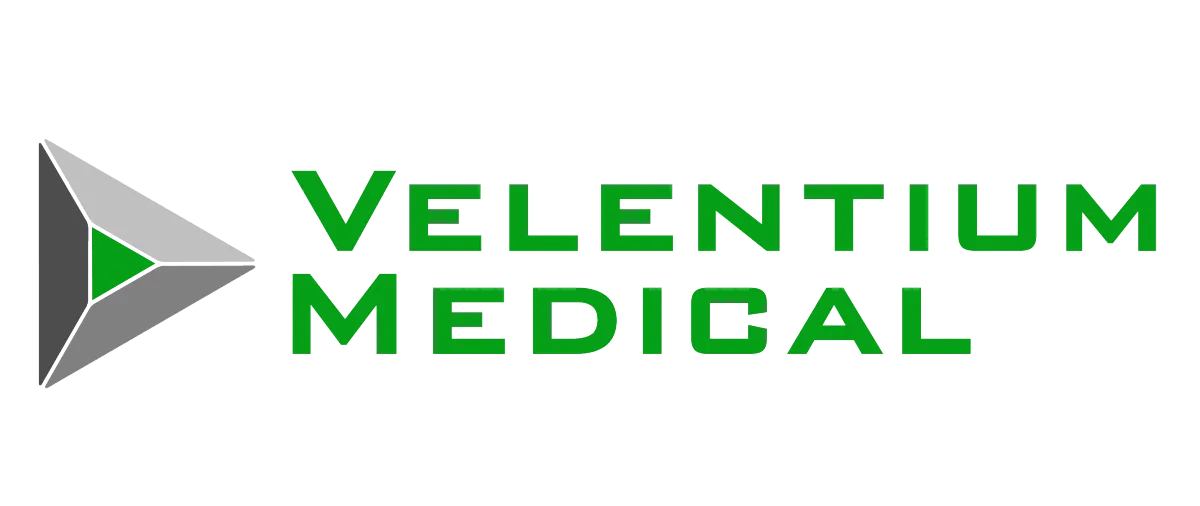
7 Lessons to Streamline FDA Approval Using Standards
7 Lessons on Using Standards to Streamline Your Path to FDA Approval
Introduction
Navigating the FDA approval process can be complex and time-consuming. However, leveraging established standards can help streamline the process and improve the likelihood of approval. This whitepaper outlines seven key lessons on how to effectively use standards to expedite regulatory approval while ensuring product safety and compliance.
Lesson 1: Understanding E-STAR
E-STAR (Electronic Submission Template and Resource) is the FDA’s online submission tool, designed to standardize and simplify the regulatory approval process. It replaces the traditional paper-based submission system with an interactive electronic process.
Key Takeaways:
Always use the latest version of the E-STAR template.
Ensure that all required attachments are included to prevent technical holds.
Compliance with standards within E-STAR is equivalent to self-certification. Selecting a standard affirms that your device meets its requirements.
Questions to Ask:
Are we using the most recent E-STAR template?
Have we checked for automatic deficiencies?
Is regulatory and quality oversight integrated throughout the product lifecycle?
Lesson 2: Differentiating Regulations, Standards, and Guidance Documents
Understanding the relationship between regulations, standards, and guidance documents is critical.
Regulations (e.g., 21 CFR 820, MDR) are legally binding requirements for market entry.
Standards (e.g., ISO 13485, ISO 14971) provide frameworks to comply with regulations.
Guidance Documents interpret regulations and standards, offering best practices from regulatory authorities like the FDA and EU’s MDCG.
Key Takeaways:
Regulations are mandatory, while standards are voluntary but highly recommended.
If a standard is not followed, an alternative method must be justified.
Guidance documents represent the latest regulatory thinking and should be adhered to for smoother submissions.
Lesson 3: Leveraging Standards for Efficient Development
Standards provide a structured approach to medical device development, ensuring alignment with industry best practices and regulatory expectations.
Key Takeaways:
Standards serve as a predefined framework, reducing redundant work and regulatory risks.
Compliance with standards reduces back-and-forth communication with regulators.
They ensure all stakeholders (e.g., engineers, regulators) are using a common language.
Questions to Ask:
Which standards are applicable to our device?
How are these standards integrated into our development process?
Are we keeping up with evolving standards?
Lesson 4: Understanding Standard Versions and Updates
Regulatory authorities update standards periodically to reflect technological advancements and emerging risks.
Key Takeaways:
Standards are reviewed every five years, but not always updated.
The latest standard versions should be checked before submission.
Regional adaptations (e.g., EN vs. ANSI standards) must be considered.
Questions to Ask:
Are we referencing the correct standard version in our submission?
Have we verified compatibility between the standard version used in development and regulatory expectations?
Do our suppliers and testing labs follow the same version?
Lesson 5: Differentiating Process vs. Technical Standards
Process standards govern overall system and risk management, while technical standards focus on product safety and performance testing.
Process Standards: Apply across all device types (e.g., ISO 13485 for QMS, ISO 14971 for risk management, IEC 62304 for software life cycle).
Technical Standards: Apply to specific device categories (e.g., IEC 60601 for electrical safety, ISO 10993 for biocompatibility).
Key Takeaways:
Process standards influence organizational quality systems.
Technical standards determine how devices are tested for safety and effectiveness.
Technical standards require independent validation by accredited testing labs.
Questions to Ask:
Do we have the necessary process standards in place?
Are we testing to the correct technical standards?
Who is conducting our compliance testing, and are they accredited?
Lesson 6: Managing Regulatory Submissions and Compliance
A structured approach to regulatory compliance minimizes delays and ensures a smooth submission process.
Key Takeaways:
Regulatory involvement should begin early in the design process.
Regulatory submissions should undergo pre-submission reviews to catch deficiencies early.
Continuous monitoring is necessary to maintain compliance with evolving standards.
Questions to Ask:
Have we engaged regulatory experts early enough?
Are we proactively monitoring standard changes?
How do we plan to maintain compliance throughout the product lifecycle?
Lesson 7: Post-Market Surveillance and Continuous Compliance
Approval is not the end of compliance—it is an ongoing process.
Key Takeaways:
Standards evolve in response to new data (e.g., materials used in implants may require reevaluation over time).
Regulatory bodies may require periodic reassessments to ensure devices meet the latest safety expectations.
Regular post-market surveillance prevents costly recalls and redesigns.
Questions to Ask:
Are we tracking industry changes and regulatory updates?
Do we have a post-market surveillance plan in place?
How do we handle new compliance requirements for already-approved devices?
Conclusion
By understanding and leveraging industry standards, medical device manufacturers can accelerate regulatory approvals, ensure product safety, and maintain ongoing compliance. Standards provide a roadmap for best practices, risk mitigation, and regulatory alignment, ultimately reducing time to market and improving patient outcomes.
